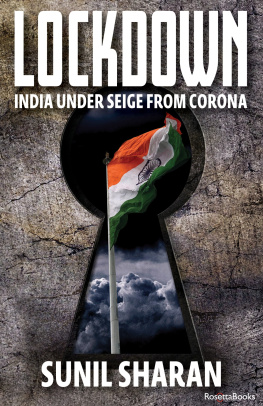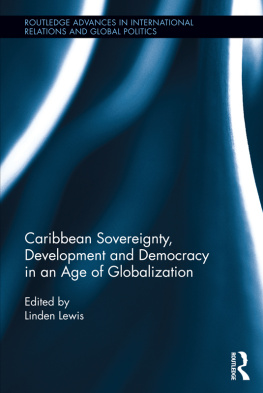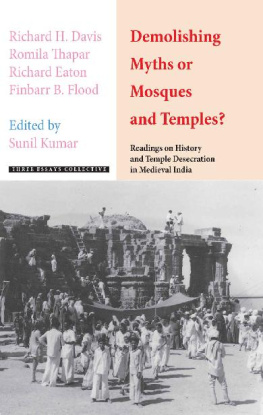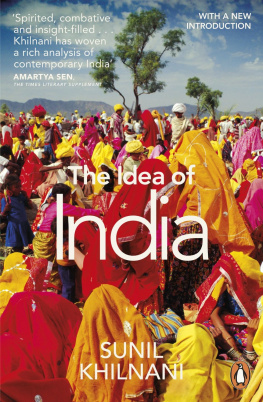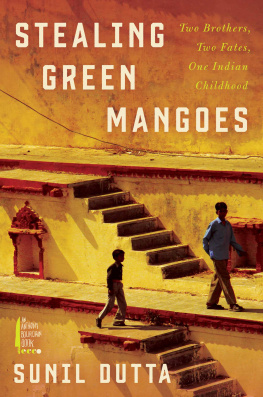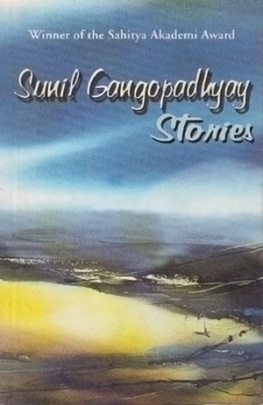SOUTH ASIA IN MOTION
EDITOR
Thomas Blom Hansen
EDITORIAL BOARD
Sanjib Baruah
Anne Blackburn
Satish Despande
Faisal Devji
Christophe Jaffrelot
Naveeda Khan
Stacey Leigh Pigg
Mrinalini Sinha
Ravi Vasudevan
FROM RAJ TO REPUBLIC
Sovereignty, Violence, and Democracy in India
SUNIL PURUSHOTHAM
STANFORD UNIVERSITY PRESS
STANFORD, CALIFORNIA
STANFORD UNIVERSITY PRESS
Stanford, California
2021 by the Board of Trustees of the Leland Stanford Junior University.
All rights reserved.
No part of this book may be reproduced or transmitted in any form or by any means, electronic or mechanical, including photocopying and recording, or in any information storage or retrieval system without the prior written permission of Stanford University Press.
Printed in the United States of America on acid-free, archival-quality paper
Library of Congress Cataloging-in-Publication Data
Names: Purushotham, Sunil, author.
Title: From raj to republic : sovereignty, violence, and democracy in India / Sunil Purushotham.
Other titles: South Asia in motion.
Description: Stanford, California : Stanford University Press, 2021. | Series: South Asia in motion | Includes bibliographical references and index.
Identifiers: LCCN 2020021114 (print) | LCCN 2020021115 (ebook) | ISBN 9781503613256 (cloth) | ISBN 9781503614543 (paperback) | ISBN 9781503614550 (ebook)
Subjects: LCSH: Political violenceIndiaHistory20th century. | DemocracyIndiaHistory20th century. | Constitutional historyIndia. | IndiaPolitics and government1947
Classification: LCC DS480.84 .P895 2021 (print) | LCC DS480.84 (ebook) | DDC 954.04/2dc23
LC record available at https://lccn.loc.gov/2020021114
LC ebook record available at https://lccn.loc.gov/2020021115
Cover map: 1947 map of Partition of India and Pakistan, Phyllis Newman
Antique Prints. Paper with burnt edge, iStockPhoto.
Cover design: Rob Ehle
Typeset by Kevin Barrett Kane in 10.75/15 Adobe Caslon Pro
CONTENTS
INTRODUCTION
Sovereignty, Violence, and Democracy, 194652
BETWEEN 1946 AND 1952, the British Raj, the worlds largest colony, was transformed into the Republic of India, the worlds largest democracy. Independence, the Constituent Assembly Debates, the founding of the Republic, and Indias first universal franchise general election took place amid the violence and displacement of the Partition, the uncertain and contested integration of the princely states, and the forceful quelling of internal dissent and revolutionary challenges to the Indian state. This book tells the story of these transformations as a history of sovereignty and democracy in India. It investigates the ways in which violence constituted a postcolonial regime of sovereignty and shaped the historical development of democracy in India at the foundational moment of decolonization and national independence.
The books three case studiesthe princely state of Hyderabad, the partitioned Punjab, and revolutionary Telanganawere key sites of a multicentric subcontinental event of violent transformation. In emphasizing the eventfulness of this period, the book attends to ruptures, departures, and structural changes. Historical events are not single moments in time but have internal temporalities: sequences marked by opening ruptures or breaks, periods of uncertainty and dislocation, and, ultimately, closure. The book connects elite and subaltern activities and links top-down processes of historical change to bottom-up ones: constitutional and institutional transformations were constitutively linked to the domain of popular politics and the violent mediation of relations between state and society.
The partition of Britains Indian empire into the two new nation-states of India and Pakistan is now widely recognized as a world historical event of cataclysmic violence. Understandably, scholarly accounts have focused largely on the divided provinces of Punjab and Bengal. This has obscured significant developments that occurred elsewhere in the subcontinent.


